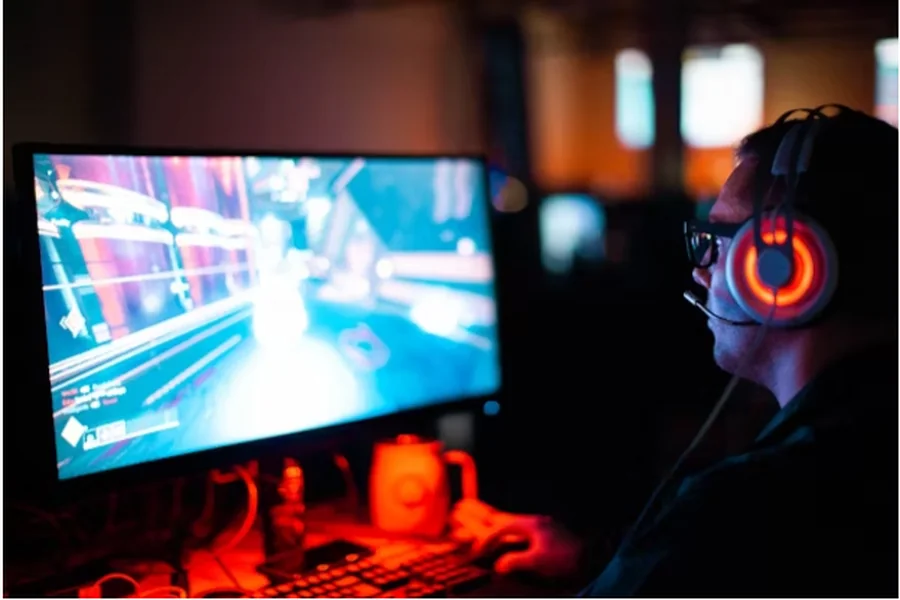Tuning your game settings to suit your playstyle can feel satisfying. And one small change that can make a big difference?
Custom keybinds. Setting them up your way doesn’t just make gameplay smoother, it makes every move feel more natural, like the game just listens to your fingers. Once you get the hang of it, it becomes a part of how you enjoy playing.
Let’s go through how you can make keybinds your own, and how this small tweak can help you play smarter and faster without adding stress.
Why Keybinds Matter So Much
Keybinds are the shortcuts you tap or click to make things happen, like switching weapons, using items, or performing actions. Most slot gacor hari ini games have default setups, but those are usually just a starting point. What works best is often something you fine-tune to match how your fingers move and how your brain works during a match.
When your keys are set in a way that feels natural to you, there’s less thinking and more doing. It becomes second nature. And over time, it helps you react quicker, stay more focused, and even reduce hand strain from weird hand positions.
Start With the Basics
Before jumping into the setup, take a moment to think about how you play. Are you someone who loves fast action and quick switches? Or do you prefer smooth controls that let you plan and move calmly?
Keep your common actions close to your natural hand positions. That’s the simplest and smartest way to build speed and comfort into your controls. Now let’s walk through the steps to get your keybinds just right.
Step 1: Know What Actions You Use Most
Every slot gacor game has tons of actions, but not all of them need a prime spot on your keyboard or mouse. Think about what you use constantly, maybe jumping, crouching, reloading, building, or casting spells. These actions should be at your fingertips, literally.
Look at your keyboard hand and ask, “What keys do I already touch without trying?” Keys like WASD, Shift, Ctrl, Space, Q, E, R, F are usually close and comfy. These are solid spots for quick-access actions.
Step 2: Customise for Comfort
Now comes the fun part—remapping. Most games have a settings menu with a “Keybinds” or “Controls” section. All you do is click the action, then press the key or button you want to use instead.
Try to keep the most-used actions on keys that don’t require you to lift or twist your fingers awkwardly. You want smooth moves, not hand yoga. Also, don’t forget your mouse—many have side buttons that can be used for extra actions without reaching for another key.
If something feels weird while testing, go ahead and change it again. It’s all about what fits your hands.
Step 3: Stick With It (and Give It Time)
Once you find a layout that feels good, use it for a few play sessions to build muscle memory. At first, your fingers might wander back to old habits. But that’s fine, just keep using the new setup, and your hands will adjust.
Try to avoid switching keybinds too often after that. Let your brain and fingers sync up with the new layout. With time, it’ll start feeling automatic.
Step 4: Watch How Pros Do It (And Make It Your Own)
It’s always helpful to see how others set up their keybinds, especially experienced players. Watching their setups can give you fresh ideas—but don’t feel like you need to copy them exactly.
What matters most is how it feels for you. You can take inspiration and then tweak it. Your comfort should always come first.
Step 5: Use Practice Modes to Test New Setups
If the game has a training mode or test area, that’s the perfect place to try out your keybinds without pressure. You can move around, perform actions, and see how your setup works in real-time.
This helps you notice anything that’s too far to reach or something you forgot to assign. It’s a small step that makes everything easier when you jump into real matches.
Final Thoughts
Setting custom keybinds might feel like a small task, but it brings a big shift in how you play. You get faster, more comfortable, and a whole lot more confident. Once your setup matches your playstyle, it all starts clicking—literally and mentally.
So, spend a few minutes exploring your settings, try different layouts, and settle into what feels right. It’s your game, and it should play the way you want it to.

